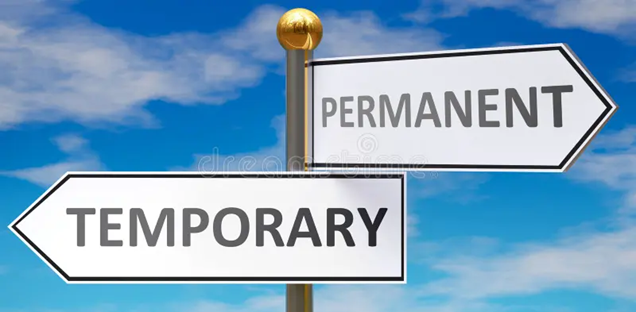In the realm of mortgage financing, the concept of “buydowns” serves as a strategic tool for borrowers to manage their payments effectively. Buydowns involve paying an upfront fee to lower the interest rate on a mortgage loan, thereby reducing monthly payments. While buydowns can offer financial benefits, it’s crucial to understand the differences between temporary and permanent buydowns to make informed decisions. Let’s delve into the intricacies of each type.
Temporary Mortgage Rate Buydown:
Temporary buydowns, also known as “temporary interest rate buydowns” or “temporary payment reduction buydowns,” are arrangements where the seller or builder subsidizes the mortgage payments for a specified period. The purpose is to ease the burden on the borrower during the initial years of the loan.
Typically, temporary buydowns are structured as follows:
- 3-2-1 Buydown: In this common arrangement, the interest rate is reduced by 3% in the first year, 2% in the second year, and 1% in the third year, after which the rate returns to the original rate for the remainder of the loan term.
- 2-1 Buydown: Another variant involves a 2% reduction in the first year and a 1% reduction in the second year before reverting to the original rate.
Temporary buydowns provide short-term relief by lowering monthly payments, making homeownership more affordable during the initial years when expenses might be higher. This can be particularly beneficial for first-time homebuyers or those facing budget constraints.
Permanent Mortgage Rate Buydown:
In contrast, permanent buydowns involve a one-time payment made at the beginning of the loan term to permanently reduce the interest rate over the entire duration of the mortgage. Unlike temporary buydowns, which offer temporary relief, permanent buydowns result in consistent savings over the life of the loan.
Permanent buydowns typically come in the form of “discount points,” where each point represents 1% of the loan amount. By purchasing discount points, borrowers effectively buy down their interest rate, leading to lower monthly payments and overall interest costs.
While permanent buydowns require a larger upfront investment compared to temporary buydowns, they offer long-term savings and stability, making them attractive for borrowers planning to stay in their homes for an extended period.
Comparing the Two:
- Cost vs. Benefit: Temporary buydowns provide immediate savings but require ongoing payments from the borrower or another party. Permanent buydowns involve a larger upfront cost but result in consistent savings over the life of the loan.
- Duration of Benefit: Temporary buydowns offer relief for a limited time, usually a few years. Permanent buydowns provide lasting savings for the entire loan term.
- Flexibility: Temporary buydowns can be useful for short-term financial planning or when anticipating changes in income. Permanent buydowns offer long-term stability and predictability, making them suitable for borrowers seeking consistent savings.
In conclusion, both temporary and permanent mortgage rate buydowns offer advantages depending on the borrower’s financial goals and circumstances. Understanding the differences between the two types is crucial for making informed decisions when navigating the mortgage market.
Sources:
- “Understanding Mortgage Points: What’s the Difference Between Discount Points and Origination Points?” – The Mortgage Reports
- “Buydown” – Investopedia
- “Should You Pay Mortgage Points?” – Consumer Financial Protection Bureau (CFPB)
- “Comparing Loan Scenarios: This Calculator Makes It Easy” – Freddie Mac
If you are in Texas or Georgia and are looking to purchase a home, please contact me today!
#mortgagenews
#mortgagerates
#mortgageinfo
#texasmortgages
#texashomes
#texashomeloans
#loanofficer
#homesintexas
#mortgage101
#loansintexas
#georgiamortgages
#MortgageBrokers
#Refinance


